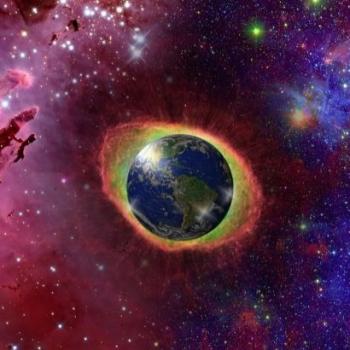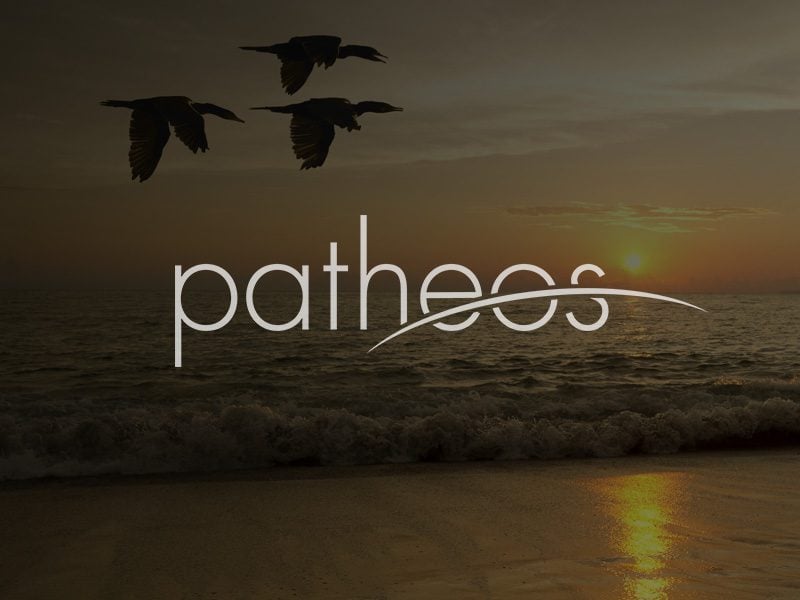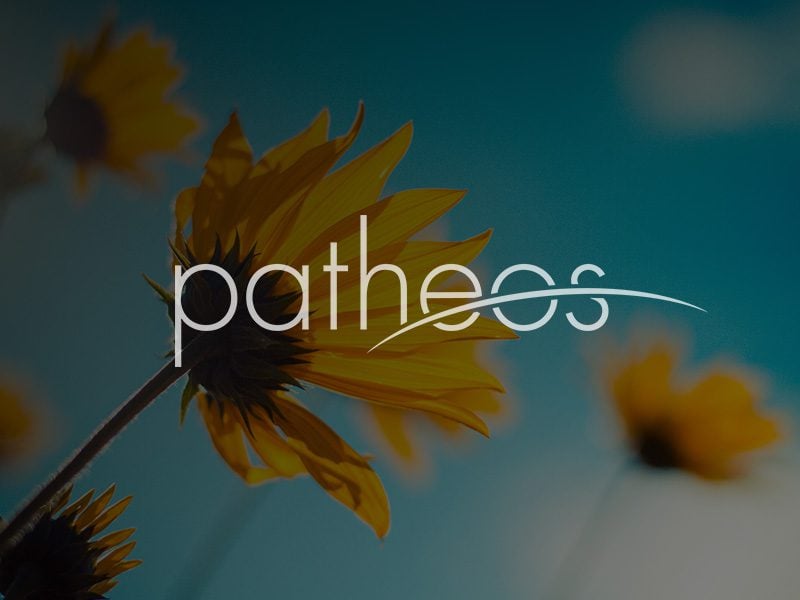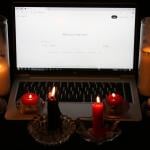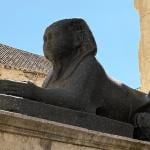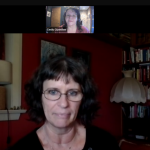Here continues descriptions of the groups that were involved in the series of “council” meetings in California that led to the founding of the Covenant of the Goddess in 1975.
Fred and Martha Adler
Two figures little appreciated in Craft history are Fred and Martha Adler, who lived in Hawthorne, CA, and were two of the relatively few Witches who cooperated with Hans Holzer in the late 1960s. According to his Truth About Witchcraft, Martha, convinced she had been a Witch in a previous life, contacted the Cincinnati Coven of the “Two Bills” (Bill Janney and Bill Saffin). They put her through a year of intense, although long-distance, training, and in 1965 she went through the initiation ritual, enacting it inCalifornia as the Cincinnati coven simultaneously enacted it over a drop of her blood inCincinnati. Fred did not accept initiation until a few years later.
John Hansen told me that it was Martha who devised the system now in general use in the Craft for recruiting new members: offering a class to the public; choosing students from it for an Outer Court study group; and then inviting students from the latter to accept initiation into the coven.
Martha soon became a respected member of the national Craft community. She was active in the Church of the Eternal Source and was a member of the international “Committee of Correspondence” that devised thePagan Wayin about 1970. Her coven was a member of the Council of Themis and of the later Council of Earth Religions. She was one of the original signatories of the charter that created the Covenant of the Goddess in 1975, and her coven was a founding member of the “national” Covenant and of the Southern California Local Council, which formed later that year. By 1975 her health was very poor and her patience for Craft politics almost non-existent. She withdrew from public involvement, and there seems to have been no word of her or her coven after the late 1970s.
Psychedelic Venus Church
Although the PVC was never considered to be Pagan in the current sense, it does figure in the history of Pagan networking during the lates 1960s and early 1970s. Jefferson F. Poland founded thePsychedelicVenusChurchin 1969, as a successor to the Sexual Freedom League he had founded at San Francisco State Universityseveral years before.. He described the church as “a pantheistic nature religion, humanist hedonism, a religious pursuit of bodily pleasure.” The church’s deity was Venus-Aphrodite, and it operated in the San Francisco area, holding frequent parties devoted to the veneration of sex and psychedelic drugs, many of which (the drugs, that is) were still legal at that time. It had 700 members by 1971, but disbanded in 1973. Poland’s legacy includes two well-reasoned books advocating sexual freedom. One offshoot of the PVC was the Hellenic Group or the London Church of Aphrodite, founded by Paul Pawlowski in London in 1971.
The Church of the Eternal Source
In 1957 Harold Moss was already busy organizing Egyptian dress-up parties for students. However, his great interest in ancient Egypt asked for a more serious approach. In 1963 he started organizing Egyptian summer parties for a select group of friends. These parties eventually turned into a yearly tradition of a serious celebration of the Egyptian New Year. In 1969, Donald Harrison met Harold Moss via Feraferia. In 1970 all these contacts had created connections between many Pagan movements on the west coast of the USA. The originally Egyptian New Year parties had become big meetings, where modern neo-Greek, neo-Babylonian, neo-Egypt, followers of Wicca, shamans, and many others met and inspired each other.
Against this background Harold Moss, Don Harrison (1931-2004), and Elaine Amiro decided on the 25th of August 1970 to found the Church of the Eternal Source. On the 7th of October, the CES was registered by the state of California as an official church community. Harrison, a Priest of Thoth, came to CES from a background of Roman Catholicism and from the Delphic Fellowship, which he had founded with Michael Kinghorn to practice Greek religion. Amiro was also raised Roman Catholic and had studied with Native Americans in New Mexico. Moss was raised as a Theosophist and was active in science-fiction fandom before being briefly associated with Feraferia soon after it was established. James Kemble and Sara Cunningham, also members of the founding group, were originally Episcopalians. Much inspiration for CES came from Fred Adams of Feraferia and from Martha Adler. The friendship of Otter Zell of the Churchof All Worlds was also of great importance, particularly in helping achieve widespread distribution for CES’s magazine, Khepera, which appeared as an insert in Green Egg for about a year in the early 1970s.
CES aimed to practice the religion of ancient Egypt “as closely as scientific Egyptology and the exigencies of the modern world allow,” Moss wrote. “We have active cults of Isis, Sekhmet, Hathor, Seshat, and Neith, . . . but we are not a `Goddess religion,’ for we teach the absolute equality of male and female aspects of a sexually balanced divinity. Therefore we have active cults of Thoth, Horus, and Ptah. The Egyptians were very magically oriented people, and we practice and teach Ma’at, or `White magic,’ exclusively.”
The CES was not so much a church as a federation in which diverse people working with the Egyptian religion found a place for contact and mutual attunement. The absence of central leadership was an important issue. The CES still is made up of loose groups, all with their own priests or priestesses serving their own favorite God, Goddess, or Gods. They did not strive to copy the way things could have been in ancientEgypt, but instead tried to find a modem spiritual form of an ancient faith in the environment of today.
Not everything went smoothly. In 1971 a conflict arose about whether the CES should maintain its priesthood financially, or if they should take care of their own means of life. They decided for the last option, and as a result some members left the CES. Cunningham, who was also a Priestess of Celtic Wicca, went on to establish the Albion Training Coven and the Temple of Tipharethas a more eclectic Pagan pathway. By 1973 she had moved the Temple of Tiphareth to Wolf Creek, OR, in order to found a commune with and for her followers. (Perhaps you may remember from an earlier blog that Joe Wilson and Mara Schafer stopped by to visit Gwydion in December 1973 on their way up to visit Sarah.) There she became an inspiration for the women’s spirituality movement that soon thererafter arose in that region. There were several later covens of the “Cunningham” tradition, one being in Salt Lake City in the 1980s.
However, the CES evolved into a strong and important organization within the network of the modem Pagan movement. Harold Moss became an enthusiastic ambassador, traveling to San Francisco, St. Louis,Minneapolis, and later Boise to contact other groups around the country. Research on and translation of ancient Egyptian sources, as well as passing on correct knowledge about it, became an important mission. Most of the known ancient papyri were studied and became the foundation for re-enactment of the ancient Egyptian rituals in a modern interpretation and setting. Besides all these ancient sources, the members produced also an enormous amount of hymns, music, texts, works of art and plays of their own.
Budapest Dianics
Zsusanna Budapest’s family had escaped from Hungaryafter the uprising against the Soviets in the 1950s. Z, as she later came to be known, had been one of the teenagers throwing rocks at Soviet tanks. In 1971, after studying and thinking about religion for many years, Z collected some friends and began holding Sabbats for women only in Los Angeles. At the winter solstice in 1971, she founded the Susan B. Anthony #1 Coven, named after the leader of the women’s suffrage movement.
Word of mouth quickly drew more participants, and the group was moved to the beach, but there it drew too many onlookers, and so moved to a mountaintop in Malibu. For ten years, Z led sabbats and full-moon circles, teaching women to connect with the Goddess through Mother Nature. Among Budapest’s pupils were Starhawk, Ruth Barrett, and Cerridwen Fallingstar. Budapest also opened a shop, The Feminist Wicca, in Venice, and self-published a book that became a basic text of Dianic Wicca, The Feminist Book of Light and Shadows. It was later expanded and published in two volumes as The Holy Book of Women’s Mysteries.


